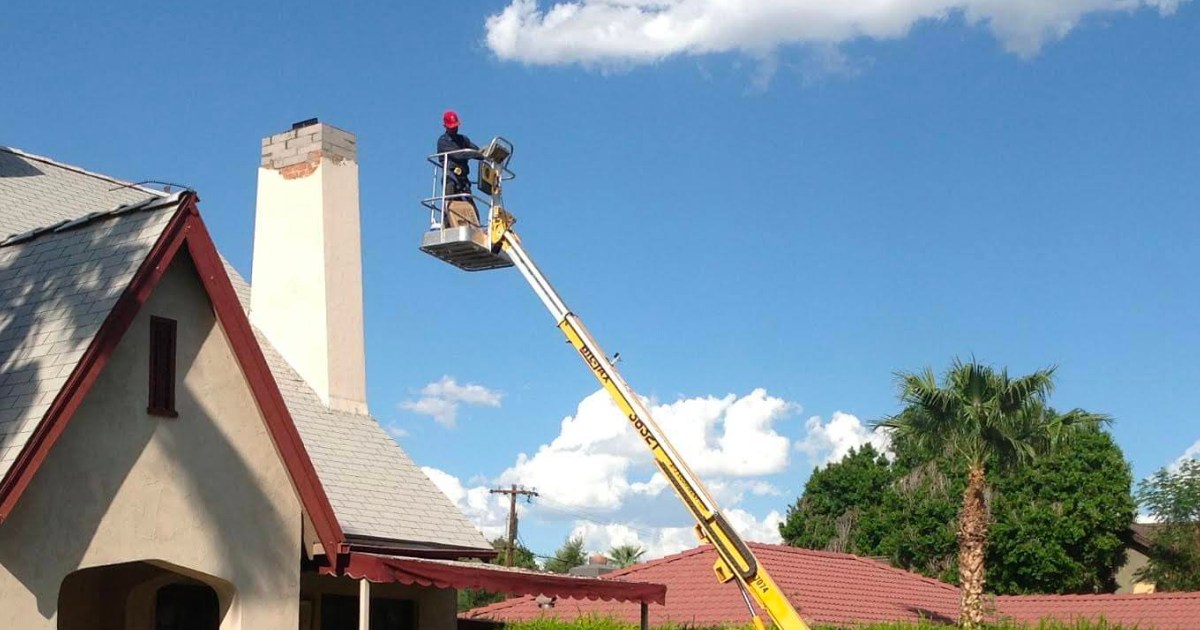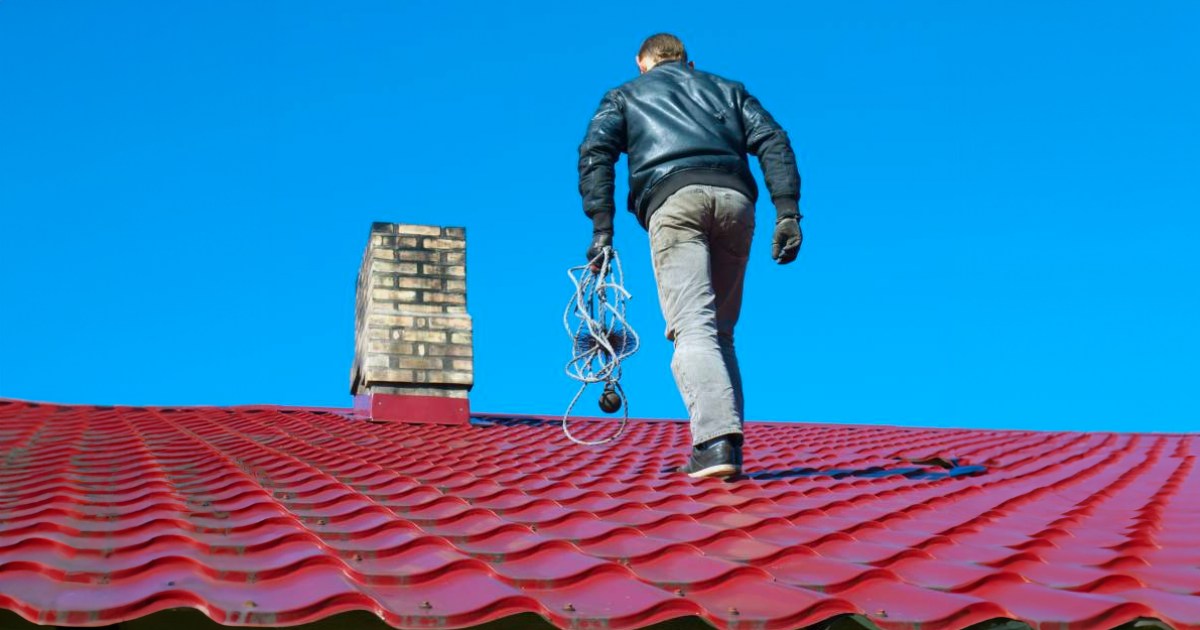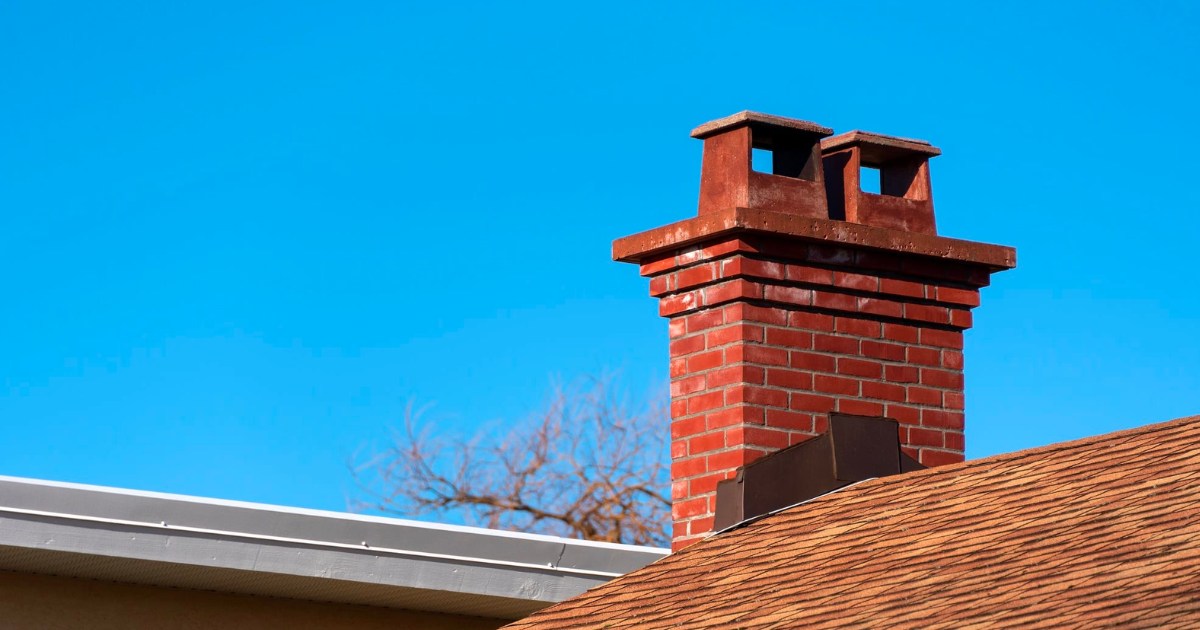Unlocking the Secrets of Chimney Sweeping: What You Need to Know

Introduction
Discover the fascinating world of chimney sweeping and unlock the secrets behind this age-old profession. In this article, we will guide you through everything you need to know about chimney sweeping, shedding light on its history, importance, and the valuable role it plays in maintaining a safe and efficient heating system for your home.
Throughout the centuries, chimney sweeping has evolved from its humble beginnings to become an essential part of home maintenance. From the soot-covered sweeps of the past to the modern methods and equipment used today, chimney sweeping has come a long way. But despite its evolution, the fundamental purpose remains the same – to prevent chimney fires, remove dangerous creosote buildup, and ensure the clean and efficient operation of your fireplace or wood-burning stove.
Whether you are a homeowner with a fireplace or a professional chimney sweep, this article will provide insightful tips, expert advice, and step-by-step guidance on how to keep your chimney in optimal condition. Join us as we uncover the secrets of chimney sweeping and empower you with the knowledge to maintain a safe and healthy home environment.
The importance of chimney sweeping
Chimney sweeping is not just an optional task but an essential one for maintaining a safe and healthy home environment. A properly functioning chimney is crucial for the efficient operation of any wood-burning appliance. When you burn wood, various byproducts are released, including soot, creosote, and other harmful substances that can accumulate inside the chimney. Over time, this buildup can obstruct the airflow, leading to poor combustion, reduced heating efficiency, and potentially dangerous situations such as chimney fires or the release of toxic gases into your home.
Regular chimney sweeping helps to prevent these hazards by removing the creosote and other debris that can accumulate inside the chimney. By ensuring proper ventilation and maintaining a clear passage for the smoke and gases to escape, chimney sweeping not only reduces the risk of fire but also helps to improve indoor air quality.
How chimney sweeping works
Chimney sweeping involves the thorough cleaning of the chimney flue, which is the passageway that allows smoke and gases to exit your home. Traditionally, chimney sweeps used brushes and rods to manually remove the soot and creosote from the flue. However, modern chimney sweeps now utilize advanced tools and techniques to achieve more effective results.
One common method is using a specialized vacuum system that simultaneously removes the debris while the sweep brushes the flue. This ensures a thorough cleaning process and minimizes the mess. In some cases, chimney sweeps may also employ rotary cleaning systems that use spinning chains or flexible rods with attached cleaning heads to remove stubborn deposits.
Regardless of the method used, a professional chimney sweep will inspect your chimney for any signs of damage or other issues that may require attention. They will also provide valuable advice on proper maintenance and usage of your fireplace or wood-burning appliance.
Signs that your chimney needs to be swept
It is vital to be aware of the signs that indicate your chimney needs to be swept. Ignoring these signs can lead to serious consequences and put your home and family at risk. Here are some common signs that it’s time to schedule a chimney sweeping:
1. Excessive Smoke: If you notice a significant amount of smoke entering your home when you use your fireplace or wood-burning stove, it could be an indication of a blockage in the chimney. This blockage may restrict the airflow, causing the smoke to back up into your living space.
2. Foul Odors: Unpleasant odors coming from your fireplace or chimney could be a sign of creosote buildup. Creosote has a distinct, strong smell that becomes more noticeable when it accumulates.
3. Soot Buildup: If you notice an excessive amount of soot inside your fireplace or around the chimney area, it likely means that your chimney needs to be cleaned. Soot is a byproduct of incomplete combustion and can be hazardous if not removed regularly.
4. Difficulty Starting Fires: If you’re experiencing difficulty in starting fires or if they consistently burn poorly, it could be due to a blocked or dirty chimney. The lack of proper airflow can prevent the fire from burning efficiently.
5. Animal or Nest Presence: Chimneys provide a cozy and protected space for animals to nest. The presence of nesting materials, animal droppings, or even live animals in your chimney is a clear sign that it needs to be swept.
If you notice any of these signs, it’s essential to contact a professional chimney sweep as soon as possible to address the issue and prevent further damage or safety hazards.
DIY chimney sweeping vs. hiring a professional
While some homeowners may consider attempting chimney sweeping as a DIY project, it is generally recommended to hire a professional chimney sweep for several reasons.
Firstly, chimney sweeping requires specialized tools and equipment that professionals possess. They have the knowledge and experience to use these tools effectively, ensuring a thorough cleaning without causing any damage to your chimney.
Secondly, professional chimney sweeps are trained to identify potential problems and hazards that may not be apparent to an untrained eye. They can inspect the chimney for cracks, leaks, or other issues that may require repair or maintenance.
Lastly, chimney sweeping can be a messy job, with soot and debris being released during the cleaning process. Professional chimney sweeps are equipped to handle this mess and ensure that your home remains clean and free from any residual soot or debris.
Choosing a reputable chimney sweep company
When it comes to choosing a chimney sweep company, it’s important to do your research and select a reputable and certified professional. Here are some factors to consider when making your decision:
1. Certification: Look for a company that is certified by a recognized chimney sweep association such as the Chimney Safety Institute of America (CSIA) or the National Chimney Sweep Guild (NCSG). Certification ensures that the company follows industry standards and best practices.
2. Experience: Consider the experience of the chimney sweep company. An established company with years of experience is more likely to provide quality service and have a thorough understanding of various chimney systems.
3. References and Reviews: Check for customer reviews and ask for references from past clients. This will give you an idea of the company’s reputation and the quality of their work.
4. Insurance and Guarantees: Ensure that the company is fully insured and provides guarantees for their work. This protects you in case of any accidents or damages during the chimney sweeping process.
5. Additional Services: Some chimney sweep companies offer additional services such as chimney inspections, repairs, or installations. Consider whether you may require any of these services in the future and choose a company that can fulfill your needs.
By taking the time to select a reputable chimney sweep company, you can have peace of mind knowing that your chimney will be properly cleaned and maintained.
The benefits of regular chimney sweeping
Regular chimney sweeping provides numerous benefits beyond just preventing chimney fires. Here are some additional advantages of maintaining a clean and well-functioning chimney:
1. Improved Safety: By removing creosote and other debris, chimney sweeping significantly reduces the risk of chimney fires. It also ensures that harmful gases like carbon monoxide can exit your home safely.
2. Enhanced Heating Efficiency: A clean chimney allows for proper airflow, which improves the efficiency of your fireplace or wood-burning stove. This means you get more heat from the same amount of fuel, saving you money on energy bills.
3. Extended Appliance Lifespan: Regular chimney sweeping helps to prolong the lifespan of your fireplace or wood-burning stove. By preventing the buildup of creosote and other corrosive substances, you can avoid costly repairs or premature replacement of your heating appliance.
4. Prevention of Structural Damage: Creosote buildup can lead to structural damage to your chimney, such as cracked flue liners or damaged masonry. Regular chimney sweeping helps to identify and address these issues before they become severe, saving you from expensive repairs in the future.
5. Improved Indoor Air Quality: Soot and other debris trapped in your chimney can contribute to poor indoor air quality. Regular chimney sweeping removes these pollutants, ensuring cleaner and healthier air inside your home.
Common chimney problems and how sweeping can help
Chimneys can experience various issues that require attention and maintenance. Regular chimney sweeping can help address or prevent the following common problems:
1. Creosote Buildup: Creosote is a highly flammable substance that accumulates inside the chimney when wood is burned. If not removed regularly, it can ignite and cause a chimney fire. Chimney sweeping removes creosote, reducing the risk of fire.
2. Blockages: Debris, animal nests, or structural issues can cause blockages in the chimney, obstructing the flow of smoke and gases. Regular sweeping ensures these blockages are cleared, allowing for proper ventilation.
3. Cracks or Leaks: Over time, chimney components can develop cracks or leaks due to exposure to extreme temperatures, weather conditions, or settling of the building. Regular chimney sweeping can help identify these issues, allowing for timely repairs to prevent further damage.
4. Damaged Flue Liner: The flue liner protects the chimney from the corrosive byproducts of combustion. If the liner is damaged, it can compromise the structural integrity of the chimney. Sweeping can help detect any issues with the flue liner and prevent potential damage.
By addressing these common chimney problems through regular sweeping, you can avoid costly repairs and ensure the safety and efficiency of your chimney system.
Chimney sweeping safety tips
While chimney sweeping is best left to professionals, there are some safety measures you can take to maintain a safe environment. Here are some essential chimney sweeping safety tips:
1. Regular Inspections: Schedule annual inspections by a professional chimney sweep to identify any potential issues before they become serious.
2. Use Protective Gear: If you attempt any minor maintenance tasks yourself, always wear protective gear such as gloves and goggles to protect yourself from soot, debris, or any harmful substances.
3. Ensure Adequate Ventilation: Make sure your home has proper ventilation to allow the smoke and gases from the chimney to exit safely.
4. Install Carbon Monoxide Detectors: Carbon monoxide is a silent and deadly gas that can be released from a blocked or malfunctioning chimney. Install carbon monoxide detectors in your home to alert you to any dangerous levels.
5. Keep the Area Clear: Clear the area around your fireplace or wood-burning stove of any flammable items, such as furniture, curtains, or decorations. This reduces the risk of accidental fires.
By following these safety tips and relying on professional chimney sweeps for major maintenance tasks, you can ensure a safe and secure environment for your home and family.
Chimney sweeping cost and frequency
The cost of chimney sweeping can vary depending on various factors, such as the size and condition of your chimney, the accessibility, and the location of your home. On average, chimney sweeping can range from $100 to $300 per sweep. However, it’s important to remember that the cost of chimney sweeping is a small price to pay compared to the potential damages and hazards that can arise from neglecting this essential maintenance task.
As for the frequency of chimney sweeping, it depends on the type of fuel you use and the frequency of usage. Here are some general guidelines:
1. Wood-Burning Appliances: If you regularly use a fireplace or wood-burning stove, it is recommended to have your chimney swept at least once a year. However, if you use it frequently or burn softwoods, you may need more frequent sweeping.
2. Gas Appliances: Gas appliances produce fewer byproducts compared to wood-burning appliances, but they still require regular maintenance. Chimney sweeping for gas appliances is typically done every 2-3 years or as recommended by the manufacturer.
3. Oil or Coal Appliances: Oil and coal appliances produce more soot and require more frequent cleaning. Sweeping for these appliances should be done annually or as recommended by a professional.
It’s important to consult with a professional chimney sweep to determine the appropriate frequency of chimney sweeping based on your specific situation.
Conclusion
Chimney sweeping is an essential part of home maintenance that should not be overlooked. By understanding the importance of chimney sweeping, how it works, and the signs that indicate your chimney needs attention, you can ensure the safety, efficiency, and longevity of your chimney system.
While some minor maintenance tasks can be performed by homeowners, it is recommended to hire a professional chimney sweep for thorough cleaning and inspections. Choose a reputable company that is certified, experienced, and provides additional services if needed.
Regular chimney sweeping offers numerous benefits, including improved safety, enhanced heating efficiency, and prevention of structural damage. By addressing common chimney problems through regular sweeping and following safety precautions, you can create a safe and healthy home environment.
Remember, the cost of chimney sweeping is a small investment compared to the potential hazards and damages that can arise from neglecting this crucial maintenance task. So, unlock the secrets of chimney sweeping and ensure the optimal performance of your chimney for years to come.





I’m really inspired along with your writing abilities and also with the structure for your blog. Is that this a paid subject matter or did you modify it your self? Anyway keep up the nice quality writing, it is uncommon to see a nice blog like this one these days!
Your point of view caught my eye and was very interesting. Thanks. I have a question for you. https://accounts.binance.info/register?ref=P9L9FQKY